Planting and caring for Ixia

Not long ago, an amazing South African plant began its solemn procession through domestic garden plots - Ixia. This exotic perennial of the iris family has a bright aroma and a unique palette of inflorescence colors.
The root system is bulbous. In early spring, directly from the bulb, a two-row funnel of succulent sword-shaped leaves appears. In mid-spring, a leafless peduncle with an inflorescence is expelled from the funnel. The inflorescence has the appearance of a spike and bears up to 12 symmetrical tubular flowers - stars, painted in all the colors of the rainbow, depending on the variety.
Content:
- Varieties and varieties
- Features of landing
- Features of watering
- Features of cultivation
- Features of care
- Features of reproduction
Abundant flowering begins at the very beginning of summer and lasts 3-4 weeks. The plant explodes with fireworks of colors and a riot of aroma. It blooms only in the daytime, “falling asleep” in the dark.
Varieties and varieties
The genus Ixia has a little more than 25 species, but only a few varietal crops are used in gardening:
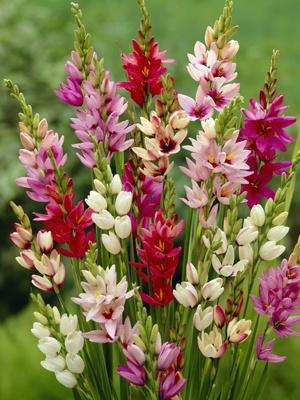
- Ixia hymenocallis early. A snow-white decorative miracle with a tart aroma and “disheveled” arched petals of the flower itself. The height of the flower spike reaches 70 cm.
- Ixia green-flowered. Small flat flowers with a bluish-black throat and a greenish tint, tightly pressed to the flower spike. Abundant flowering occurs at the beginning of June. Plant height is about 50 cm.
- Ixia hybrid.Includes many varieties of cream, yellow, soft pink, all shades of blue, blue and soft purple. The height of the flower spike ranges from 35 to 55 cm, depending on the variety.
- Ixia spotted. The most exotic variety, up to 50 cm high. White, wide-open flower with rounded petals and a deep purple throat. The edge of each petal is slightly touched by a gently purple spot, flowing onto the back side of the flower.
- Ixia orange. The dwarf variety, barely reaching 20 cm, has the most abundant flowering and tart aroma.
Ixia is an ideal decoration for a garden or summer cottage. In landscape design it is successfully used in the formation of alpine slides. But Ixia is a very capricious plant and not everything is as easy and simple as it might seem at first glance. There are a number of serious recommendations for planting and care behind this exotic plant.
Features of landing
Ixia is a plant that is afraid of cold weather and sudden temperature changes. Planting of bulbs in the ground is carried out with the onset of even warmth, closer to the second half of the spring period. Planting depth is 6 cm with a distance between corms of about 3 cm.
For the plant, it is preferable to use soil rich in humus and a neutral acidity level. Soil nutrition must be provided by a substrate of turf soil and large fractions of sand with peat inclusions. Drainage must be formed high-quality drainage system.
Features of watering
Ixia is a very moisture-loving plant. But there are some features of its watering. Abundant watering is provided only when shoots appear and continues throughout the growing season.

Features of cultivation
The most necessary characteristics when growing Ixia are air humidity and temperature. Being a tropical plant, Ixia prefers high temperatures, sunny places, absence of drafts and high air humidity. An area in partial shade will lead to lengthening and thinning of the peduncle, as well as dullness of color, as a result of which the decorative qualities of the flower are lost.
Features of care
Starting from the moment the bud forms and throughout the entire flowering period, Ixia is watered using a complex of drugs that improve flowering. Usually used mineral supplements, regularly alternating them with organic fertilizers.
Dried inflorescences are removed as necessary. At the end of flowering, watering stops. After the foliage has dried, Ixia bulbs are dug up for winter storage. In warm regions, you can leave the bulbs to overwinter in the soil, having previously insulated the top layer of soil.
Features of reproduction
Ixia, like all bulbous plants, reproduces by children. They are selected and planted separately from adult bulbs. Their flowering begins in the third, less often in the second year after planting.
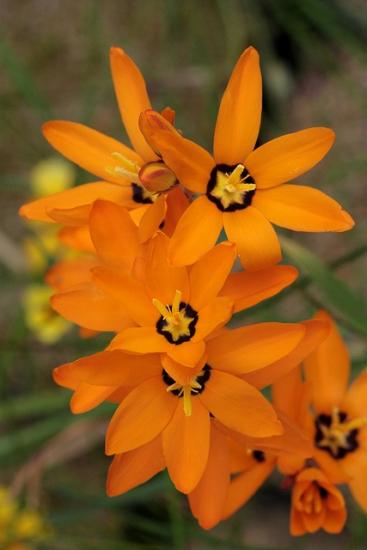
You can propagate a corm by mechanical division. An adult bulb has 3-4 growth buds, called “eyes”. Using a sharp knife, the onion is cut so that each part has a bottom with rhizome rudiments and an “eye.” The cut area is treated with coal powder, ash or brilliant green. When planted, it blooms the same year.
A few words in conclusion.Such an exotic plant can be grown at your own dacha with your own hands, if you are not afraid of the peculiarities of caring for a capricious tropical plant. It will serve as a wonderful decoration on an alpine hill, especially in combination with other bulbous plants. And a cut flower can stand in water for up to two weeks.
By the way, Ixia has a very big advantage over many plants - it is very resistant to pests and flower diseases.

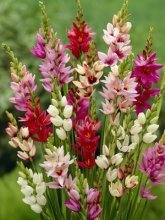
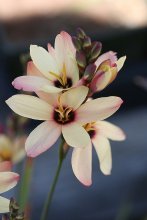
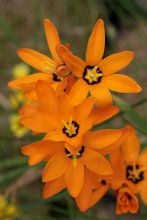


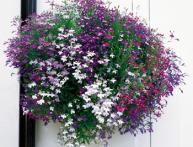

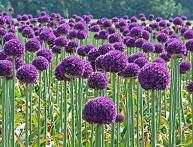


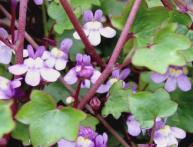
Comments
Amazing plant. I didn't know it was tropical. I have seen such flowers in gardens more than once and from the outside I really liked them. I wonder what their scent is? But I probably still won’t dare to grow Ixia at home. Somehow, in my opinion, it is too whimsical.